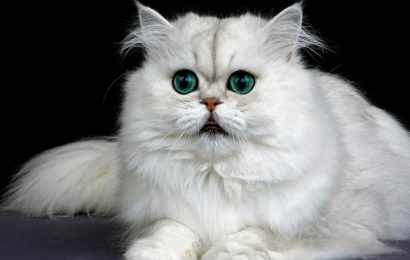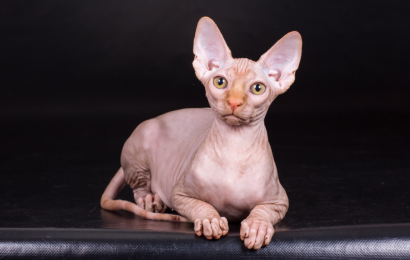
The roles of children in a dysfunctional family
by Laura K.
The subject of family relationships and parenting is very delicate, yet so essential to discuss. Some of us might be growing up in dysfunctional family life without actually realizing it. A dysfunctional family isn’t necessarily abusive; it can also be a relationship characterized by lack of empathy, poor communication, perfectionism, denial, disrespect of boundaries or dishonesty.
A family like this sets up and reinforces relation dynamics which place each of their children in a role. If the family lacks connection and understanding within the relationship, these roles provide a distraction from the problems the family is facing.
The Hero:
The Heroes are the golden children of the family, who mask the dysfunctional home life behind their accomplishments and success. Other children in the family exist in comparison with the hero, who seems perfect on the outside. Heroes are responsible and self-reliant perfectionists, the good students or the sports stars.
However, they tend to be controlling and judgemental of others and themselves. The golden child might struggle to live up to their status and develop a fear of making mistakes or stress-related illnesses. They are most likely to suffer from depression and suicidal thoughts, caused by constantly hiding their true feelings and not living up to high expectations.
The Scapegoat:
The Scapegoat is the “troublemaker” or the “problem child” – the most emotionally honest child in the family. These children act out their internal pain and the anger and tension which the family is trying to ignore or hide. Scapegoats always seem angry, defiant, and hostile; they can be cynical and even mean. Their problematic behaviour and misdemeanours usually gain negative attention and draw light to their home life. They can be very clever and become leaders of their peer groups; however, these relationships tend to be shallow and superficial.
The Mascot:
The goal of the mascot is to break the tension and lighten the mood with humour. This child feels powerless in the family dynamics and tries to interrupt unpleasant situations with comedy. Making unfitting jokes can sometimes be a way for the mascot to confront the family dysfunction without directly addressing the issues and to express emotions like anger, fear and grief. Their light-hearted behaviour might ease the situation, but in no way does it repair emotional wounds. These children are valued for their generosity and kind heart, but they never seem to grow up and may deflect their negative emotions with humour. The mascots have low self-worth and feel guilt that they want to overcome by being nice and pleasing everyone.
The Lost Child:
The lost child is the invisible child, also known as the “quiet one” or “the dreamer”. They deal with reality by withdrawing from it, avoiding problems and interactions with family members. They learn how to take care of themselves, but wrestle with feelings of loneliness and crav love. Caused by the lack of social interaction, these kids have poor communication skills and are terrified of intimacy and relationships. The lost children are shy and become socially isolated – for them, it’s the only way of escaping being hurt.
In healthy relationships, these roles are fluid and change over time, given different circumstances. They are a part of every family member, who can grow and improve themselves. On the contrary, in dysfunctional families, these roles are rigid and, if broken, they damage the stability of the family system and tear the relationship apart. Instead of growing as people, the family members submerge parts of their personality to take on their role, so that they would be less of a threat to the unstable family system.
So, how to ameliorate the situation in a family which lacks empathy and connection? To summarize it, it’s crucial to face the problem and talk about it instead of hiding or trying to escape, because communication is the key. Recognize your feelings, set boundaries and respect other people’s boundaries. Know that change takes commitment and time, so allow it to take hold steadily and gradually until it becomes the new normal.
Sources used for this article:
“Dysfunctional Family Roles” in Out of the Storm. Retrieved on 2020, May 28 from https://www.outofthestorm.website/dysfunctional-family-roles
Jackson-Van-Sickel, E., “Roles in Dysfunctional Families” in Restored Hope. Retrieved on 2020, May 28 from https://www.restoredhopecounselingservices.com/blog/2019/3/21/roles-in-dysfunctional-families
Staff, H., “Roles in Dysfunctional Families” in HealthyPlace. Retrieved on 2020, May 28 from https://www.healthyplace.com/relationships/joy2meu/roles-in-dysfunctional-families




